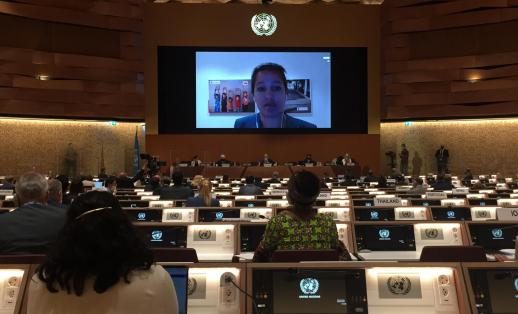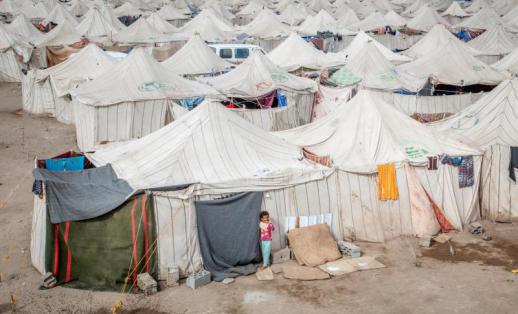Geneva Advocacy Office

Save the Children’s founder, Eglantyne Jebb, first drafted the Declaration on the Rights of the Child in Geneva that was later to inspire the UN Convention on the Rights of the Child (UNCRC). The Geneva Office was initially established by Save the Children to influence the drafting of the UNCRC and to later follow-up on its implementation.
Today, the Geneva Advocacy Office continues to seek to secure positive and lasting change in children’s lives through child-rights advocacy and influencing of global policy discussions and processes. We engage Save the Children national offices, partners and children themselves in key discussions and mechanisms relating to humanitarian crises, human rights, health and migration, so that children are at the heart of decision-making and global policies are child-centric. We work in close partnership with a wide range of stakeholders, including the United Nations, Member States and civil society.


